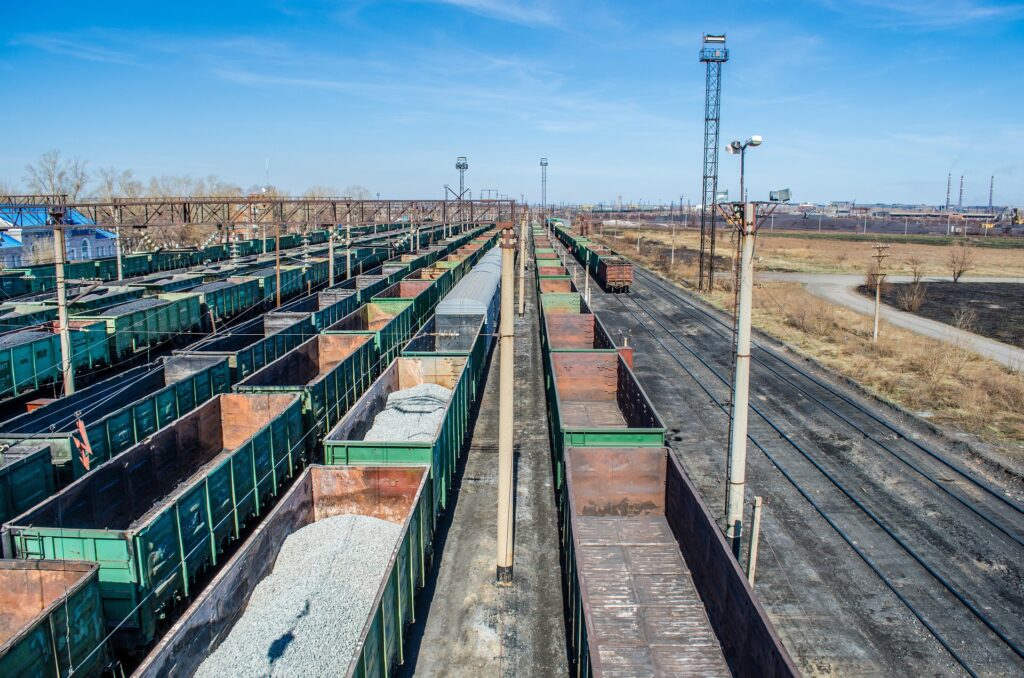Evaluation of transport corridor effects on sustainability: Kazakhstan case study
Aislu Taisarinova
Kazakh-German University, 101 Pushkin St., 050000, Almaty, Kazakhstan.
Email: taisarinova@gmail.com
https://doi.org/10.29258/CAJSCR/2022/64-72.eng
November 1, 2022

Abstract
This research aimed to identify the implementation level of Task 9.1 (Sustainable Development Goal 9) in the Republic of Kazakhstan. The literature review under this study also allowed assessing the degree to which the transport corridors impact the sustainable development of the Central Asian Region. In addition, 97 companies were surveyed and 51 extended interviews were conducted as part of the CILT Central Asia Project to assess the effects of transport corridors on businesses. The study has revealed significant gaps in the SDG9 data collection system, specifically, the need to integrate indicators on the impacts of building new infrastructure in the information collection system for SDG9 evaluation.
Download the Paper
Available in English
To cite the paper: Taisarinova A., (2022).Evaluation of transport corridor effects on sustainability: Kazakhstan case study. Central Asian Journal of Sustainability and Climate Research. https://doi.org/10.29258/CAJSCR/2022/64-72.eng
Rerefences
ADB (2022). Accelerating digital transformation for regional competitiveness and inclusive growth (https://www.adb.org/sites/default/files/institutional-document/777876/carec-digital-strategy-2030.pdf)
Asian Development Bank, ADB (2021). Developing infrastructure in Central Asia: impacts and financing mechanisms (https://www.adb.org/sites/default/files/publication/688061/adbi-book-developing-infrastructure-central-asia.pdf)
Cariou, A. (2018). Les corridors centrasiatiques des nouvelles routes de la soie: un nouveau destin continental pour la Chine. L’Espace géographique, 47, 19-34 (https://doi.org/10.3917/eg.471.0019)
Transport for sustainable development. United Nations Economic Commission for Europe (2015) (https://unece.org/fileadmin/DAM/trans/publications/Transport_for_Sustainable_Development_ UNECE_2015.pdf)
Kano, L., Tsang, E.W.K. & Yeung, H.W. (2020). Global value chains: A review of the multi-disciplinary literature. J. Int. Bus. Stud. 51, 577-622 (https://doi.org/10.1057/s41267-020-00304-2)
Mantlana, K.B., Maoela, M.A. (2020). Mapping the interlinkages between Sustainable Development Goal 9 and other Sustainable Development Goals: A preliminary exploration. Bus Strat. Dev., 3: 344-355 (https://doi.org/10.1002/bsd2.100)
Satubaldina, A. (2022). Kazakhstan Hopes to Expand Network of International Road Corridors to Maintain Transit Potential [Comment on the article “Uskenbayev said that the volume of cargo transportation by rail should be raised to 420 mln tons, transit traffic to 24.5 mln tons, and the transit of containers to 1.1 mln TEU”]. The Astana Times Post (https://astanatimes.com/2022/04/kazakhstan-to-expand-network-of-international-road-corridors-to-boost-transit-potential/)
Sternberg, T., Ahearn, A. and McConnell, F. (2017). Central Asian “Characteristics” on China’s New Silk Road: The Role of Landscape and the Politics of Infrastructure. Land, 6(55) (https://doi. org/10.3390/land6030055)
Tucho, G.T. (2022). A review on the socio-economic impacts of informal transportation and its complementarity to address equity and achieve sustainable development goals. J. Eng. Appl. Sci. 69(28) (https://doi.org/10.1186/s44147-022-00074-8)
World Bank/United Nations (2014). Improving Trade and Transport for Landlocked Developing Countries. Report in preparation for the 2nd UN Conference on Landlocked Developing Countries (https://www.un.org/ohrlls/sites/www.un.org.ohrlls/files/lldcs_publications/improving-trade-and-transport-for-landlocked-developing-countries.pdf)
Yilmaz, S., Changming, L. (2018). China’s ‘Belt and Road’ Strategy in Eurasia and Euro-Atlanticism. Europe-Asia Studies, 70:2, 252-276 (https://doi.org 10.1080/09668136.2018.1435777)
This post is also available in: Русский (Russian)
regional indicators, regional indicators, SDGs, SDGs, sustainable development, sustainable development, transport, transport